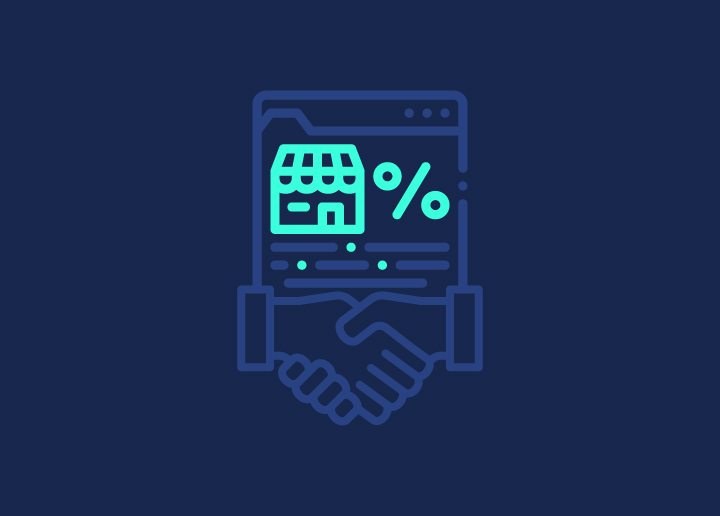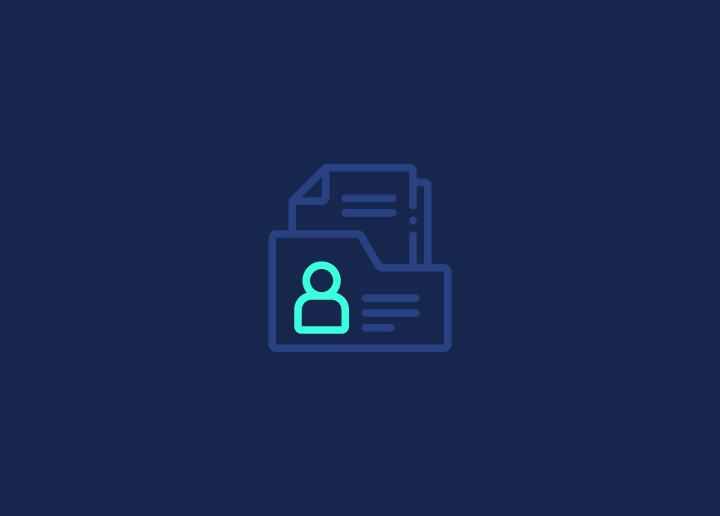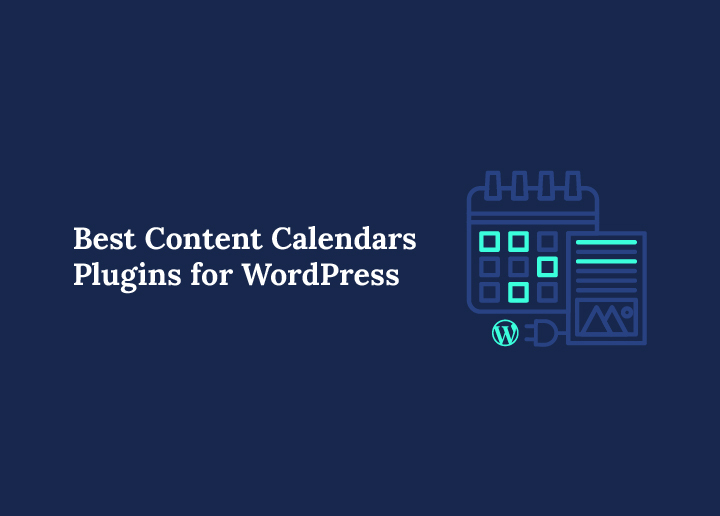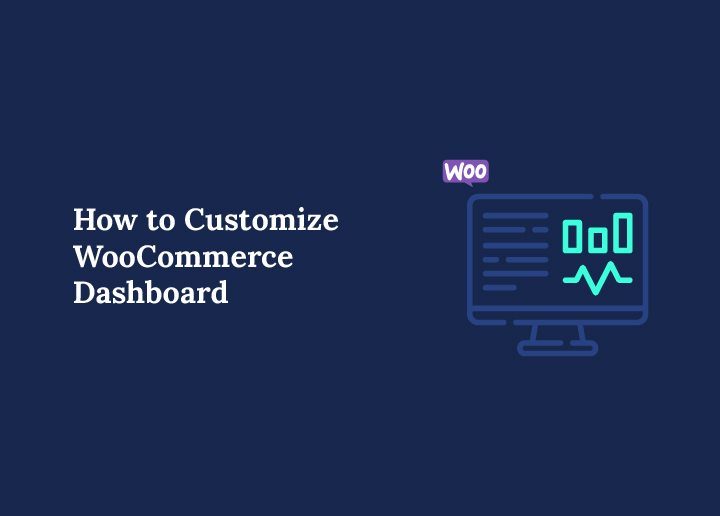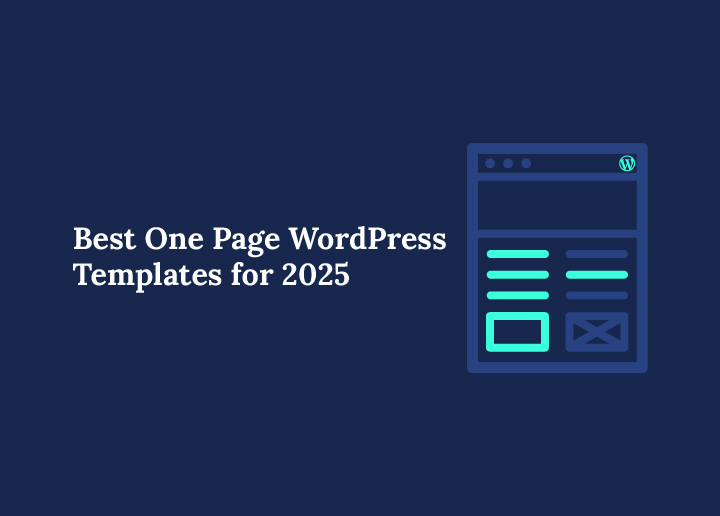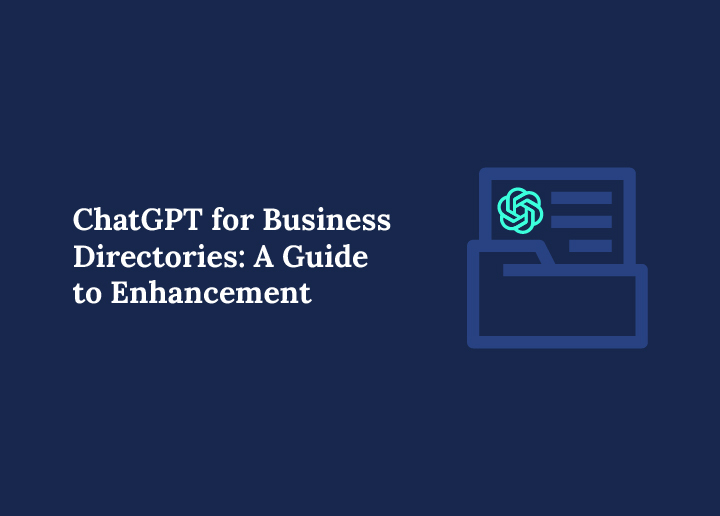A large or Cumulative layout shift (CLS) is an unexpected change in the position of a visible element within the view-port. This can be caused by changes to the content, such as images or videos loading slowly, or by changes to the CSS or JavaScript code that affects how elements are displayed. It is one of the Core Web Vitals which Google considers a ranking factor.
Layout shifts can annoy users and lead to a poor user experience. They can also cause issues with web browsers and screen readers, making it difficult for users to access the content they need.
To avoid large layout shifts, you should:
– Make sure all your images and videos are optimized for fast loading times
– Minimize the number of CSS and JavaScript files your page uses
– Use a responsive design so that your page layout adjusts automatically to different screen sizes
Why are they bad?
There are a few reasons why large layout shifts are considered bad for users:
- They can be jarring and disruptive, causing users to lose their place on the page.
- They can make it difficult for users to click on the correct element on the page.
- Large layout shifts can cause pages to load slowly or not at all.
How do you avoid large layout shifts?
Large layout shifts can be a significant issue for users, causing them to lose their place on a page or become frustrated with a site. There are a few ways to avoid large layout shifts:
– Use a grid system: A grid system can help keep your content orderly, minimizing the chance of large layout shifts.
– Avoid using absolute positioning: If you position elements on your page, they can shift around if the page size changes. This can cause large layout shifts for users.
– Use CSS media queries: Media queries can help you to control how your page looks at different screen sizes. This can help avoid large layout shifts when users resize their browser windows.
Conclusion
Layout shifts can be a significant problem for users, especially mobile devices. By following the tips in this article, you can help avoid large layout shifts and improve the user experience on your website. If you have any questions or need help implementing these changes, feel free to contact us. We’re always happy to help!
